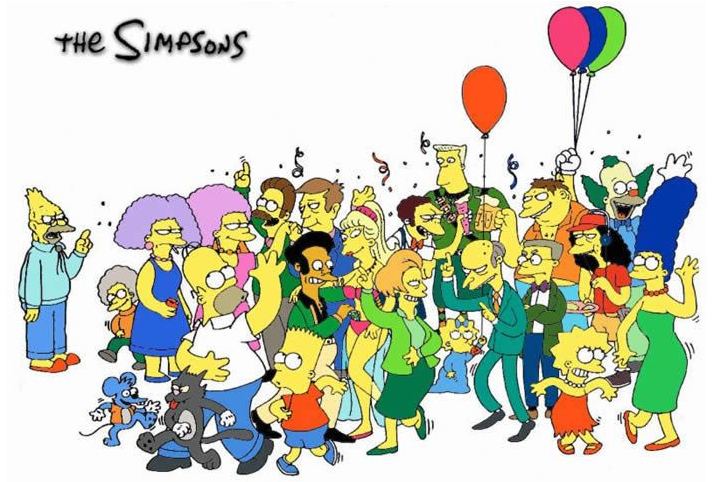1. Direct and Indirect questions
Indirect questions are used to ask for something much more polite and friendly to the direct.
Used much so.
Important in the construction of this type of question is to know the following:
 With the questions "indirect" e l order of the subject (and Assistant) and the main verb is going in the same order as in the statement.
With the questions "indirect" e l order of the subject (and Assistant) and the main verb is going in the same order as in the statement. For example:
Do-do you think he is doing his home employment?
What c? rees than the is doing their tasks?
"He is doing" remains the same in the claim.
-Are you going to ask me what I bought? I you are going to ask that I bought?
"I bought ", in Simple Past, equal is that its affirmative sentence.
Some ways to introduce indirect questions are:
-Do you think...
-Could you tell me...
-Are you going to ask me...
-Do you know...
-I wonder...
Exercises:
- Who built that enormous bridge? (I wonder...)
- What's Brazil like? (I want to find out...)
- Did Benjamin Franklin write 'Poor Richard's Almanac'? (I can't remember ....)
- How do you do it? (Can you tell me ...)
- How long have you been waiting for me? (I wonder ...)
- What happened to them? (Nobody cares ...)
- How important is that meeting to the company? (Can you tell me ...)
- When was the film produced? (Nobody remembers ...)
- Have they flown an ultralight too? (I don't know ...)
- What is it called in English? (I can't remember ....)
- Should people be allowed to smoke in public places? (I'd like to know ....)
Eg. What is the time? question (direct)
Could you tell me what the time is? (question indirect)
See the position of the verb to be. Indirect is will the end of the sentence in question because in this case it is not a question. The verb ' to be? We put the subject and verb upside down to form a question.
ej.
He is a student (affimación)
Is he a student? (pregunta)
Pero en el caso de 'Could you tell me what the time is'? la pregunta trata de la habilidad de decir algo a alguien (could you tell me..) Aquí no se hace una pregunta por the time.
Más ejemplos
Where is John? (pregunta directa)
I was wondering where John is. (pregunta indirecta para expresar duda)
What are you doing? (pregunta directa)
I´m not sure what you are doing? (pregunta indirecta para expresar duda)
How are you? (pregunta directa)
Would you mind telling me how you are? (pregunta indirecta para preguntar con cortesía)
Ahora, en todos las preguntas directas de arriba (where is John'/What are you doing/How are you') no podemos responder con sí o no. Tenemos que hablar de un lugar (where), una coas(what) y un estado de animo (how).
Cuando uno debe responder a una pregunta directa con sí o no tenemos que hacer otra cosa.
 Ej.
Ej. Are you O.K.?
I was wondering are you O.K. (!!!)
Aquí tenemos que usar if como connector. Entonces tenemos:
I was wondering if you are O.K.
Más ejemplos:
Is he unhappy?
I´m not sure if he is unhappy
Is he unhappy?
I´m not sure if he is unhappy
Are they still in England?
Could you tell me if they are still in England
Could you tell me if they are still in England
Todos estos ejemplos de arriba utiliza el verbo to be. Cuando no utilizamos el verbo to be también tenemos que quitar el sentido de que la preunta directa es una pregunta.
They live in th U.S.A. (afirmación)
Do they live in the U.S.A.? (pregunta)
Do they live in the U.S.A.? (pregunta)
Aquí para formar la pregunta usamos 'do? entonces :
Do they live in the U.S.A? se convierte en:
I´m not sure if they live in the U.S.A.
Do they live in the U.S.A? se convierte en:
I´m not sure if they live in the U.S.A.
Más ejemplos:
Do know Juan?
Can you tell me if you know Juan
Do know Juan?
Can you tell me if you know Juan
Where do you come from?
I was wondering where you come from
I was wondering where you come from
What do you want to drink?
Would you mind telling me what you want to drink.
Would you mind telling me what you want to drink.


